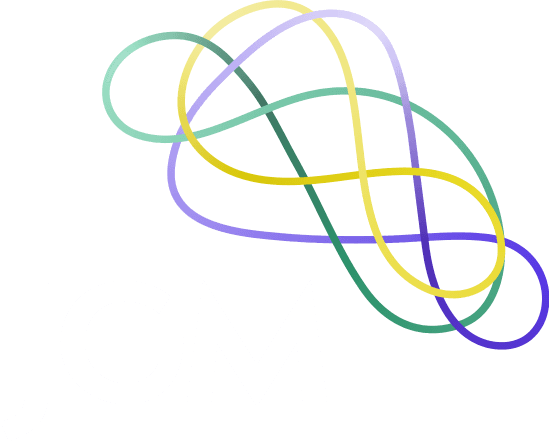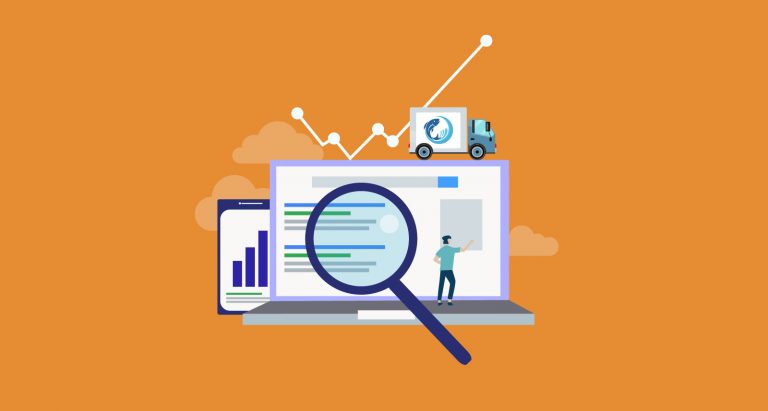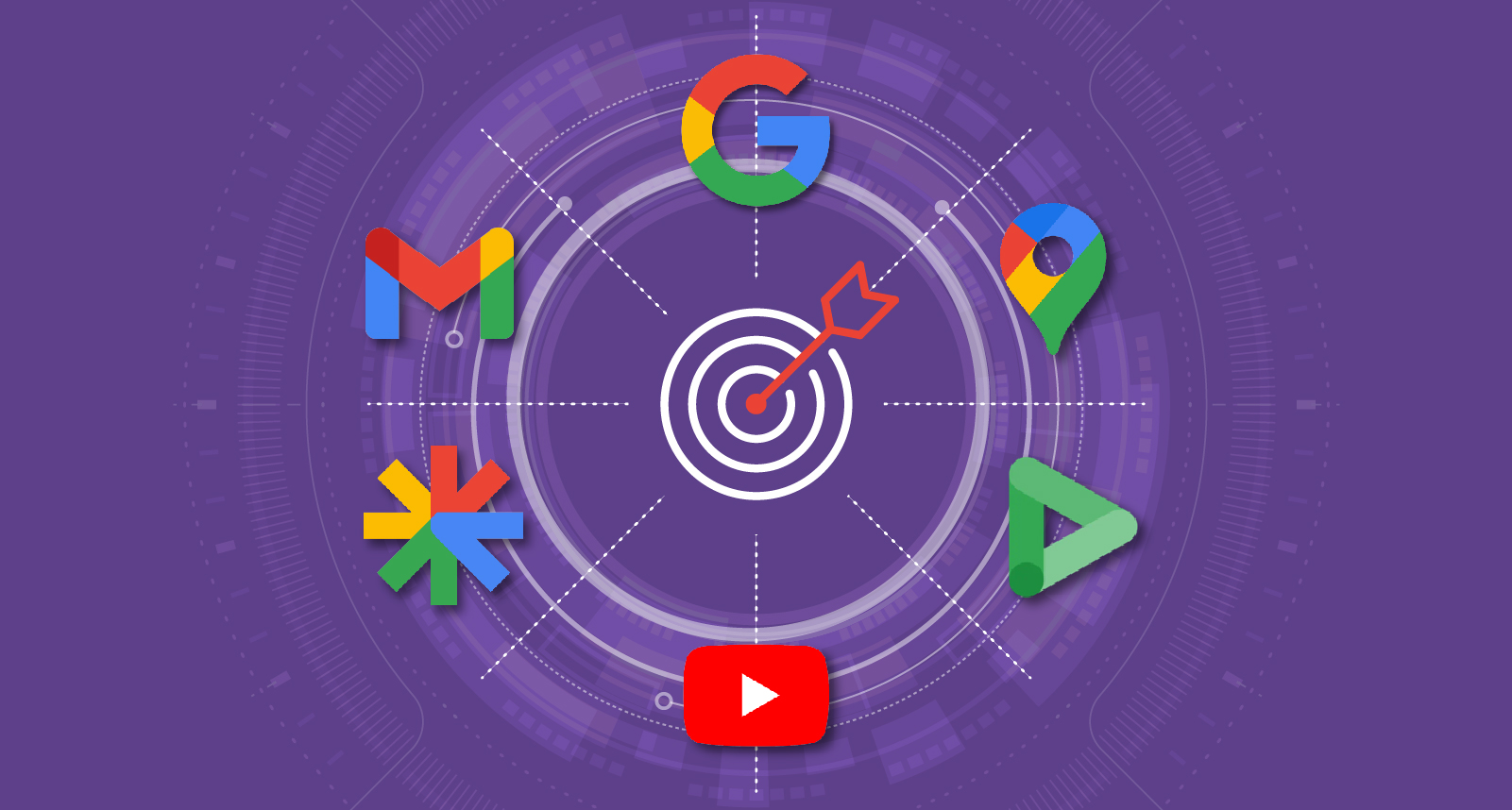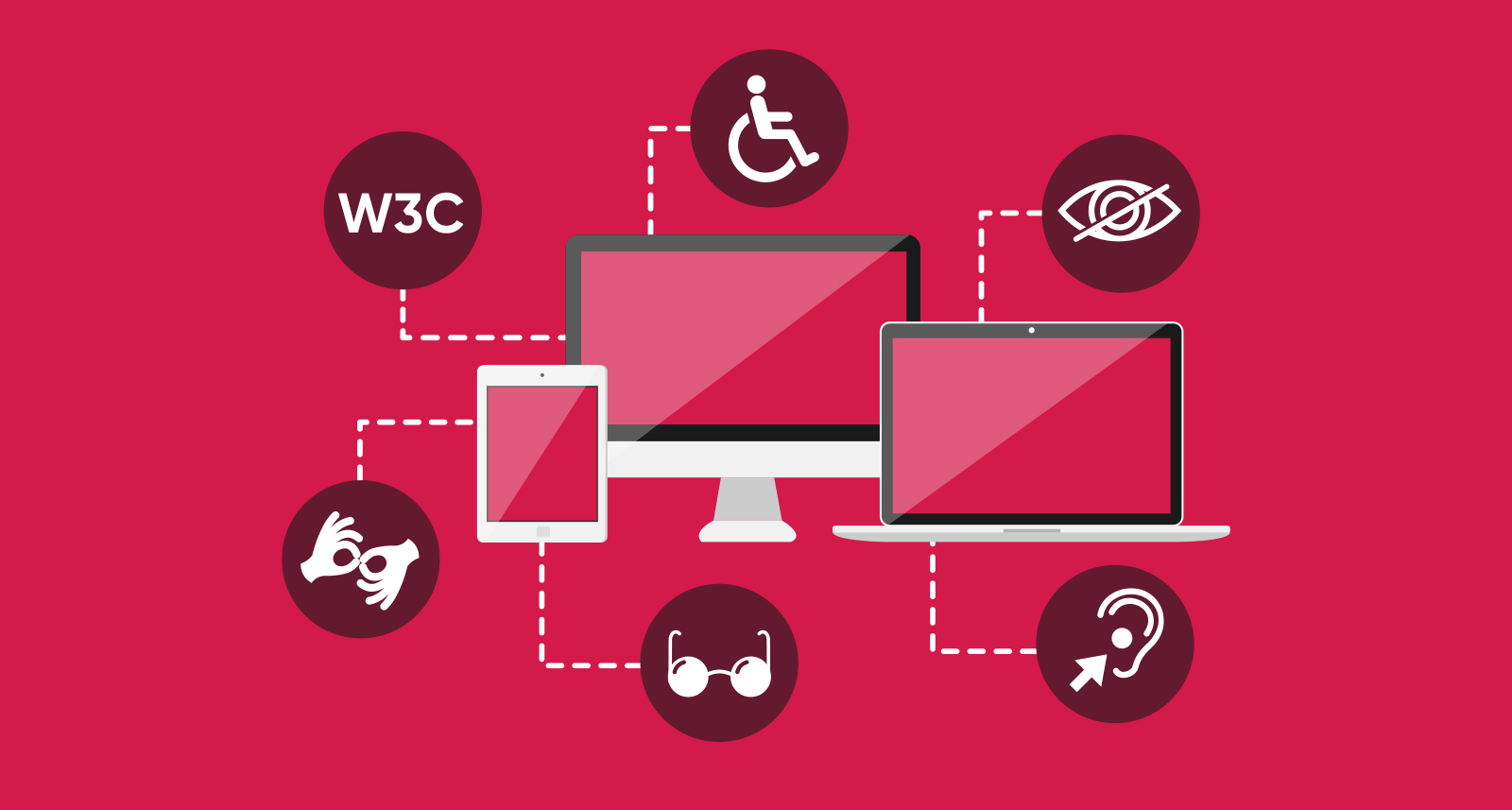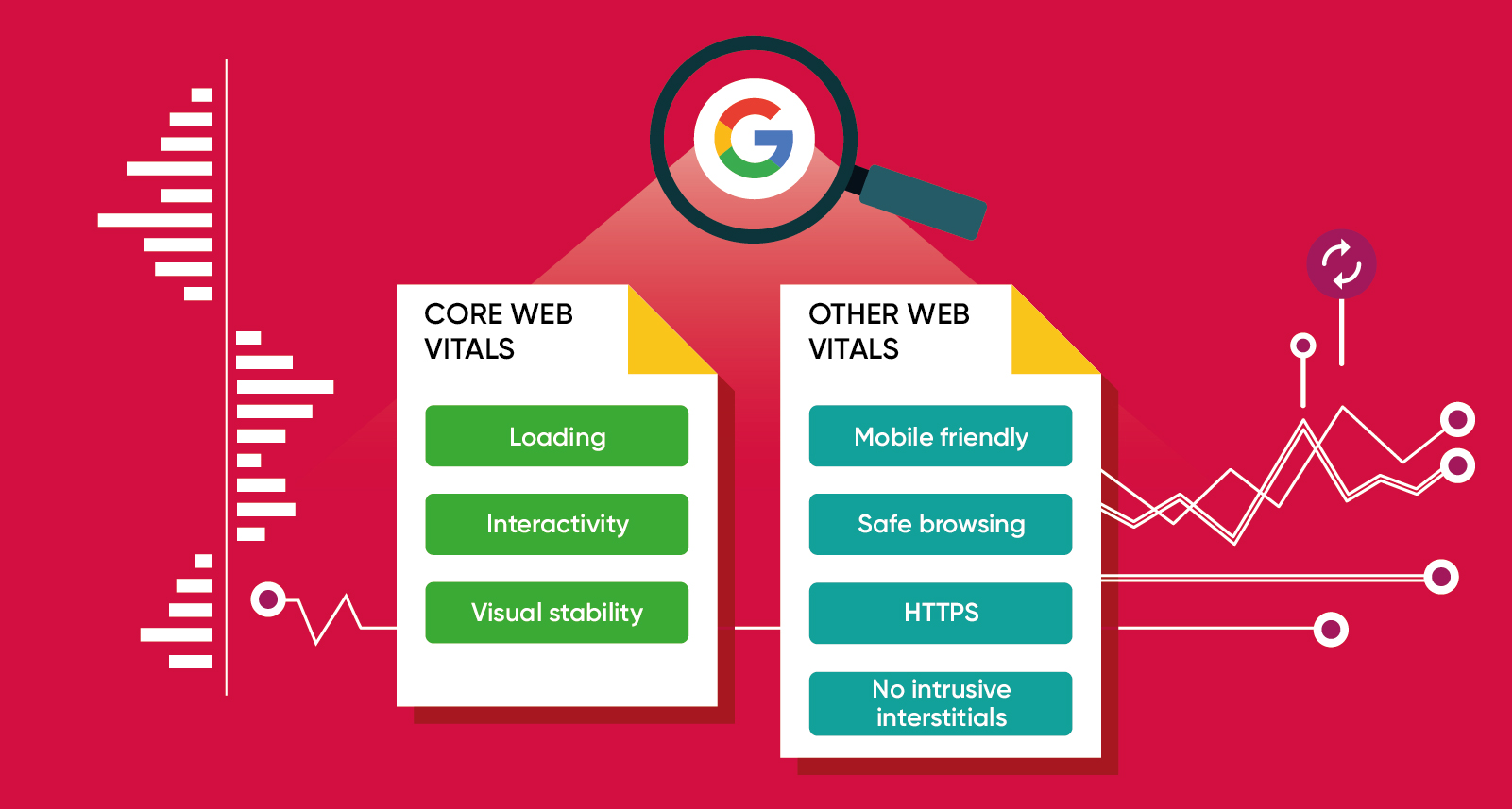A 2016 survey reported that more than 4 million people in the UK had abandoned retail websites due to accessibility issues. This survey also discovered that consumers who leave a website due to accessibility challenges have an estimated spending power of £11.75 billion*. According to the disability charity Scope, 98% of homepages across 1 million popular websites failed to meet legal accessibility standards.

It’s with this in mind that we wanted to share our knowledge and expertise on digital accessibility.
Understanding accessibility
Digital accessibility is the ability of a website, mobile application or electronic document to be easily navigated and understood by a wide range of users, including those users who have visual, auditory, motor or cognitive issues. Web accessibility is not about disabilities it’s about universality and making something that can be used by as many people as possible.

At least 1in 5 people in the UK have a long term illness, impairment or disability. Families who have at least one member with a disability represent a combined spending power of £249bn a year**.
Making a website, mobile application or electronic document accessible means making sure it can be used by as many people as possible.
Includes people with:
- Impaired vision
- Motor difficulties
- Cognitive impairments or learning disabilities
- Deafness or impaired hearing
Accessibility is becoming ever more important within both the business and public sectors, as an increasing number of organisations and services are now solely operated through online channels.

For this reason, new public sector existing website and apps must meet WCAG 2.1 AA accessibility standards by 23rd September 2020. Apps need to meet the regulations by 23 June 2021.
How to ensure digital accessibility
There are a great many factors involved with website, mobile application or electronic document.
- Do not rely on colour as a navigational tool or as the sole way to differentiate items
- Design page text with sufficient contrast
- Images and other non-text content should include Alt text
- Use correct mark – up on your content
- Allow users to navigate the page with only the keyboard
- Sites should have a skip navigation feature
- Use labels or instructions with form fields and inputs
Google Lighthouse
Google announced that in 2021, they would be rolling out Page Experience as part of its algorithm update. In a nutshell, it will measure aspects of how users perceive the experience of interacting with a web page. One of the tools to help marketers is Google Lighthouse which assess accessibility. If Google are looking at page experience in the future, then we are certain that accessibility will contribute the overall ranking signals for Google in 2021.
What next
You may want to consider getting help to evaluate your website, mobile application or electronic document to assess if they meets accessibility standards.
Reference
*Bureau of Internet Accessibility
**Marketing Weekly
